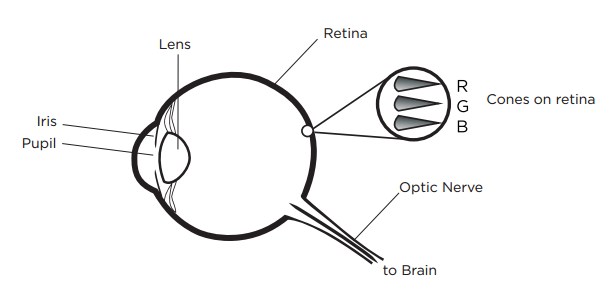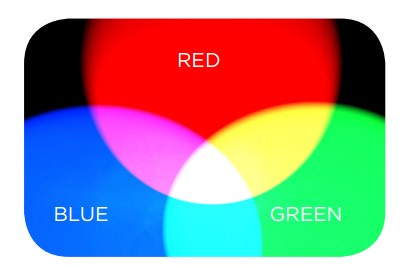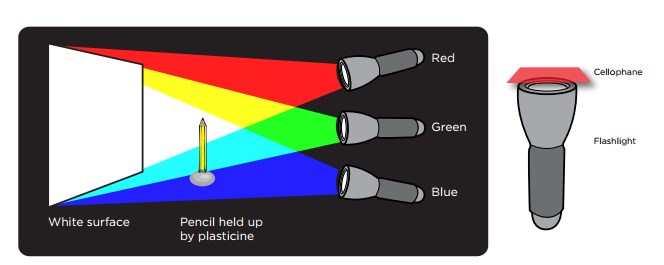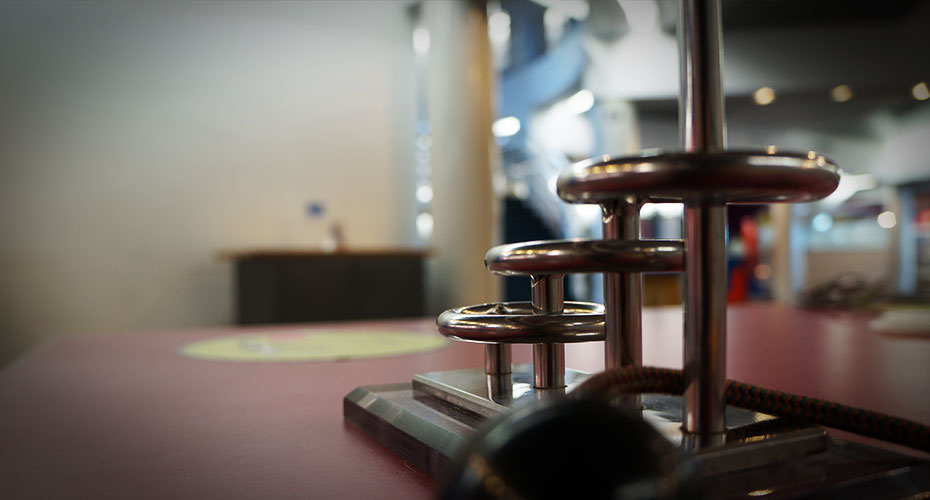In this demonstration, students experiment with red, green, and blue light to get different shadow colours.
Primary colors are not a fundamental property of light but are related to the physiological response of the eye to light. Light is a continuous spectrum of all of the wavelengths that can be detected by the human eye.

However, the human eye normally contains only three types of colour ranges of the colour spectrum.
Humans and other species with three such types of color receptors are known as trichromats. The R, G, B cones are most sensitive to the red, green, and blue wavelengths, respectively. Note that these are the colours each receptor is the most sensitive to. The blue cone will also pick up purple, blue, and green hues. Green cones will pick up purple, blue, green, yellow, and orange hues. Red cones will pick up purple, blue, green, yellow, orange, and red hues (see diagram below). The sensitivities of the three cones overlap to let us perceive all visible colours.
When red light, blue light, and green light stimulate the three colour receptors on our retinas equally, the signal gets blended in our brain and we see "white" light. This is why we see sunlight as white light, not as its individual colours.
Slight changes in the relative signals of the cones enable us to see a myriad of different colour combinations, which is why we "see" more than just three colours.
In this demonstration, coloured filters are affixed to flashlights.
The coloured filters block some wavelengths and let others through. The red-filtered flashlight puts out wavelengths from red through to orange and yellow. The green-filtered flashlight puts out yellow, green and blue wavelengths. The blue-filtered flashlight puts out green, blue, and purple wavelengths. When the three coloured light bulbs all shine on the same surface, we see all the wavelengths from red through to purple, which we perceive as white.
With these three coloured lights you can make shadows of seven different colours: blue, red, green, black, cyan (blue-green), magenta (pink), and yellow.
If you block two of the three lights, you get a shadow of the third color.
- block the red and green lights and you get a blue shadow.
- block all three lights, you get a black shadow.
- block one of the three lights, you get a shadow whose colour is a mixture of the two other colours.

Note: If the blue and green mix, they make cyan; red and blue make magenta; red and green make yellow.



